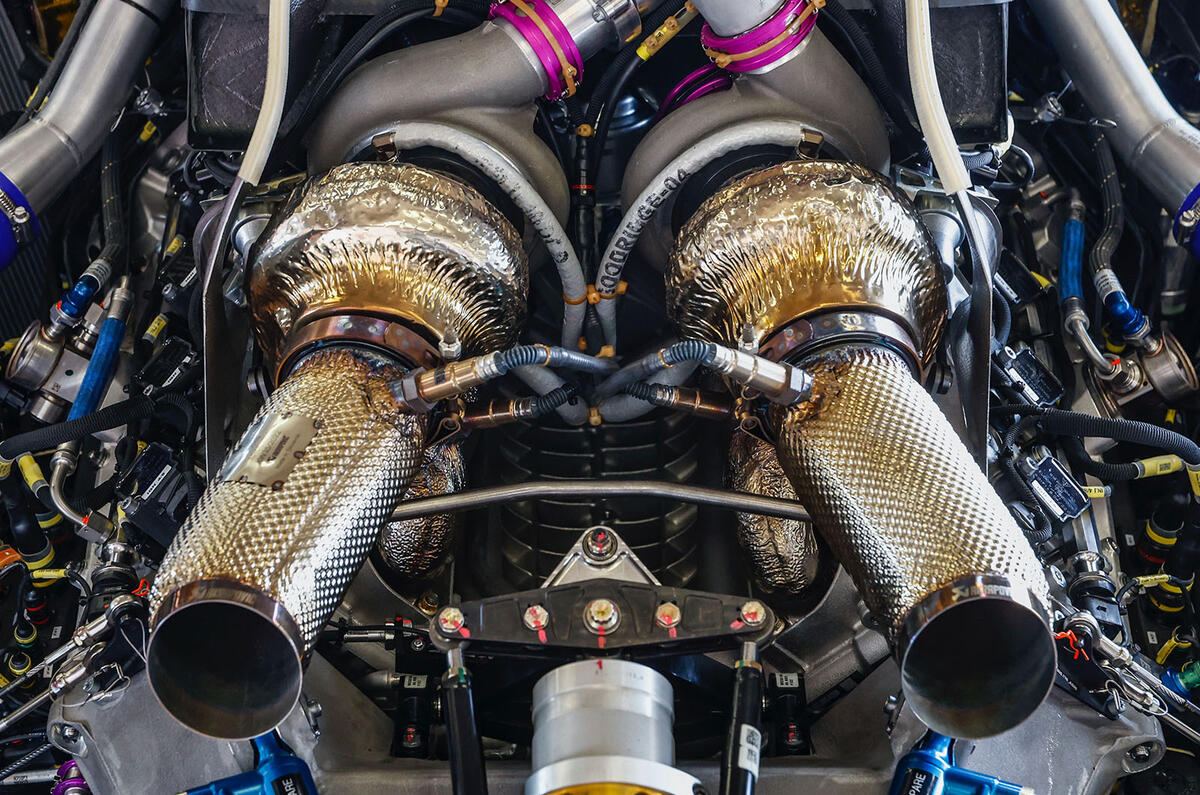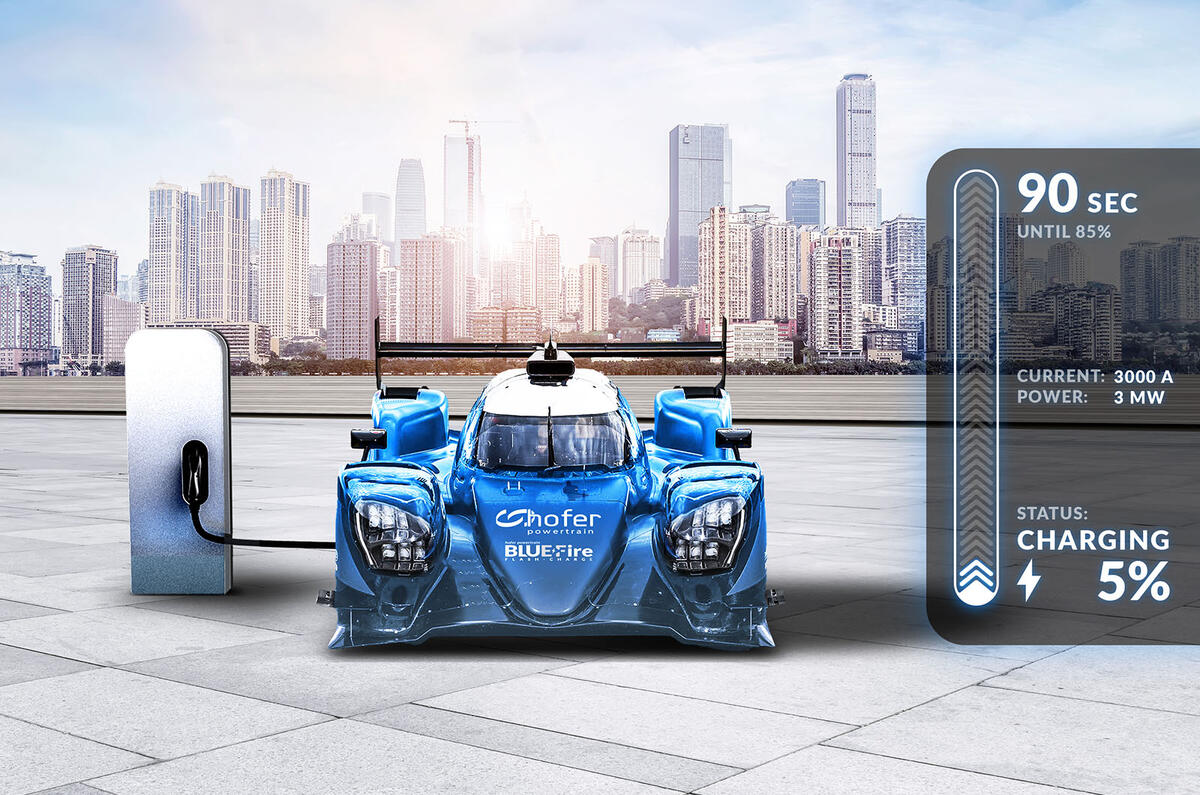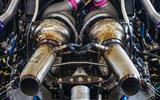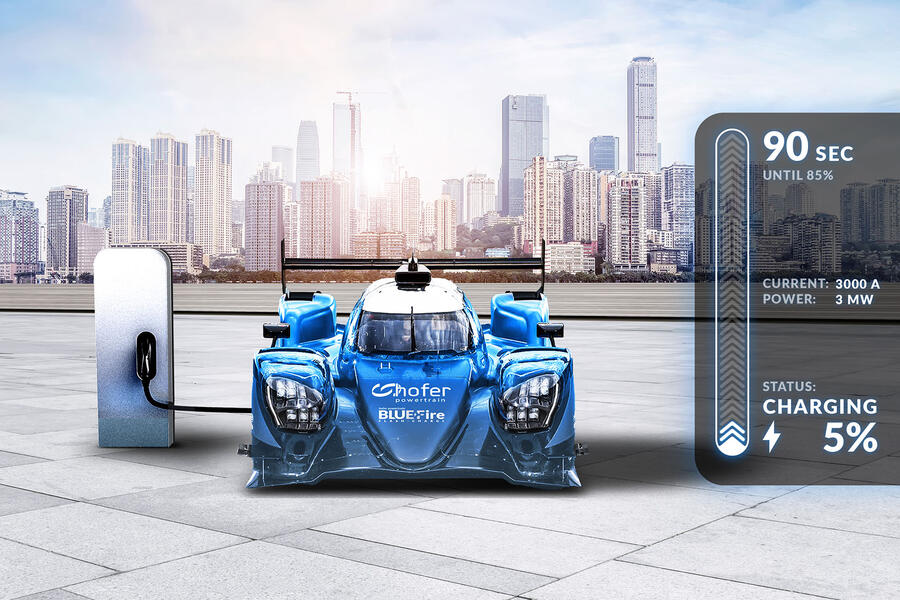Despite the race to electrify, there’s still plenty of room for interesting combustion engine stuff, especially in motorsport.
Even if motor racing isn’t your bag, the statistics for Porsche’s latest thriller, the 670bhp V8 hybrid 963, are enough to warm the cockles of any self-respecting petrolhead.
For those who don’t follow endurance racing, the 963 is an LMDh machine, giving Porsche the opportunity to compete in both the FIA World Endurance Championship and North America’s IMSA Sportscar Championship, which respectively include the two ‘big ones’ - the Le Mans 24 Hours and the Daytona 24 Hours.
LMDh (Le Mans Daytona Hybrid) sits alongside Le Mans Hypercar (LMH) and in essence is a full-on, purpose-built racing sports car formula for the highest level of racing and nothing else.
Using LMP2 chassis (LMP2 being endurance racing’s second-rung class), LMDh fits into the GTP class of the IMSA series and the Hypercar class of the WEC.
Most of the 963’s power comes from a turbocharged derivative of the 4593cc V8 engine from the Porsche 918 Spyder, a road-going supercar. This may have been revealed a decade ago, but it’s still a mighty thing with all the right credentials on which to build an endurance racing engine capable of taking on the best of the best.
It has proved durable in testing, which is a good start, has a flat plane crank (making it a howler rather than a waffler) and has a short stroke to enable high revs. This also helps to reduce the engine’s height and combined with a dry sump (which allows a low mounting position in the chassis), helps achieve a low centre of gravity and provides ideal positioning for the suspension pick-up points.
One of the main additions to the engine is a brace of turbochargers from Dutch turbocharger specialist Van der Lee, working at a low pressure of 0.3 bar. The ‘hot’ side of each cylinder bank is on the inside of the vee, which is where the turbos are located. Because the maximum boost pressure is low, pressure build-up is swift, with no lag, and the intrinsic characteristics of the naturally aspirated original creation remains.
Around 80% of the V8 is derived from the original 918 Spyder engine, and there has been some additional strengthening to make the engine capable of being a structural part of the chassis.
The LMDh regulations were at first going to allow teams to develop their own hybrid powertrains, but in the end the decision was to use suppliers to reduce costs and keep that part of the playing field level.








Add your comment